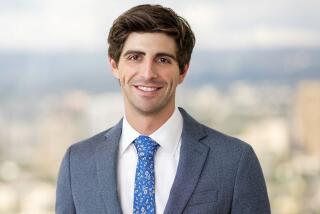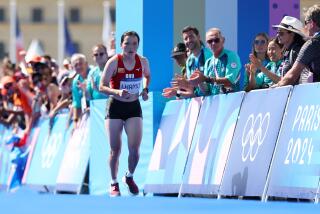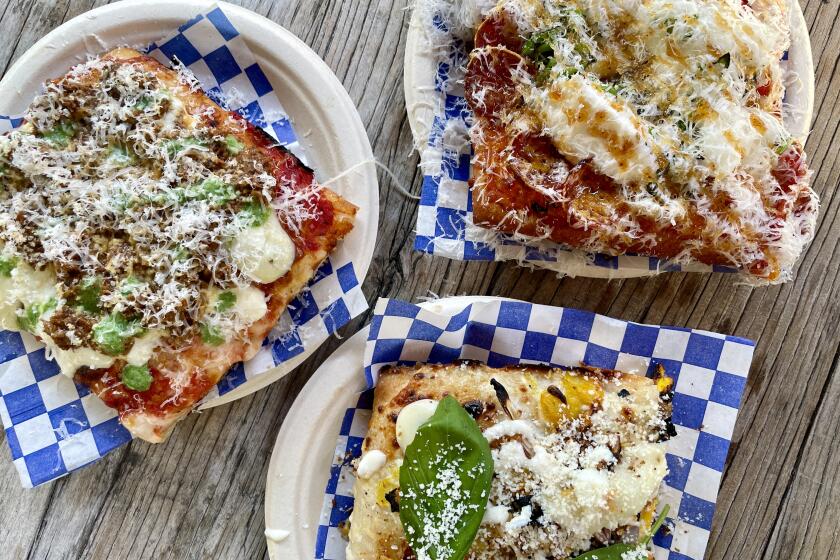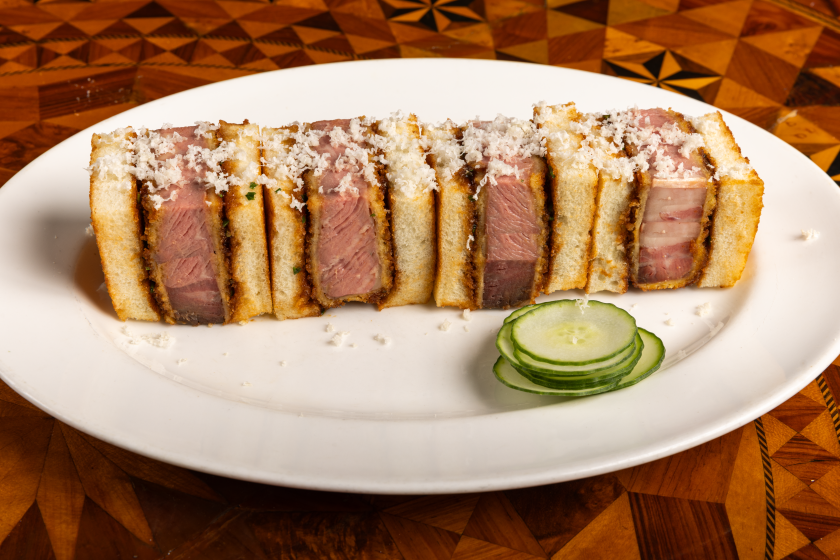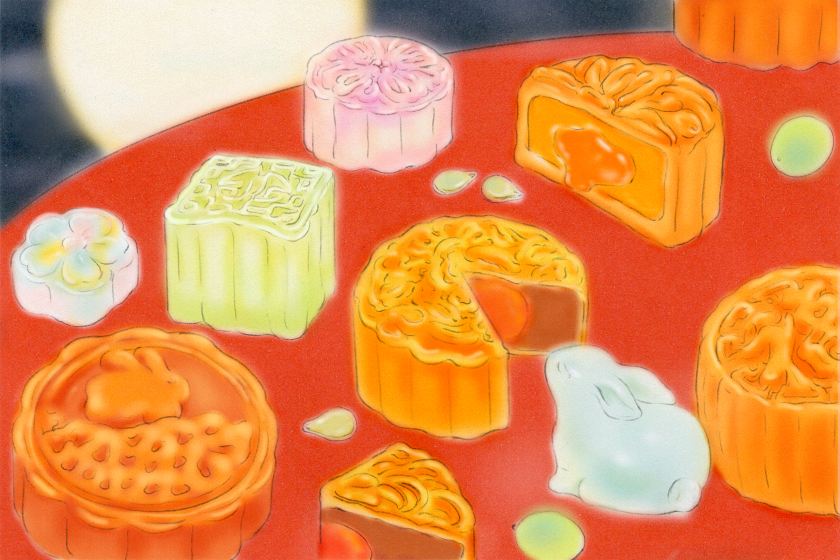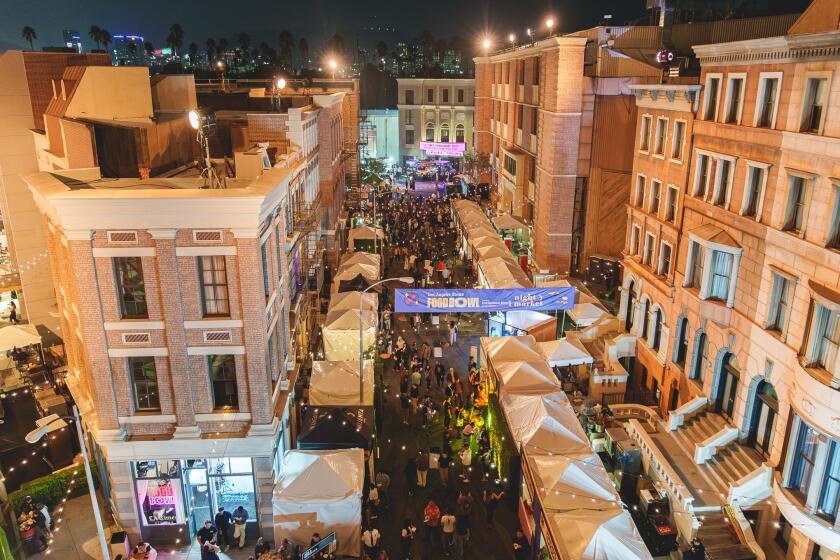Inca Trail Marathon is a runner’s high in Peru
— There’s really no better way to see a place than by foot.
Even if the path is 26.2 miles and goes over a 13,800-foot mountain pass.
And it’s a race.
Running a marathon in June along the Inca Trail, high in the Peruvian Andes, seemed like a good idea when I signed up for this trip nine months earlier.
Although this marathon left me gasping — because of the scenery, I’m sure — it was worth it once I reached the Sun Gate and viewed the finish line — the spectacular ruins of Machu Picchu — a short distance below.
Arriving on foot, just as the Incas did, made this journey profound. And running it felt like an even greater accomplishment.
This race may have ended at Machu Picchu, but it began when one of our tour guides took his foot and drew a straight line in the dirt trail — our starting point. There we were, shivering in the dark and adjusting our headlamps, just minutes from the 4 a.m. start.
During this grueling course, we would battle rain pelting us in the face, cows and llamas blocking trails (not to mention hikers heading to Machu Picchu) and thousands of stone steps rising and descending more than 10,000 feet.
A low point for many runners was the seemingly never-ending haul up Dead Woman’s Pass, which was covered with a fresh dusting of snow.
I now see why organizers have dubbed the race “the most difficult marathon in the world.”
A growing number of thrill seekers look to get their kicks by pushing their minds and bodies to the limit with adventure marathons. Trips are offered all over the world, from glaciers in frigid Antarctica to the scorching Sahara Desert in Africa.
Many have as their goal to run a marathon on each of the seven continents. So far, I, at age 31, have run three: North America (San Diego, Los Angeles and San Francisco marathons), Asia (Great Wall Marathon in China) and now South America.
Tim Manning, a 54-year-old runner from Auckland, New Zealand, completed his seven-continent quest with the Inca Trail Marathon. He described the run as the most difficult and said at the finish line that he was “completely shattered and elated at the same time.”
Although most wouldn’t want to describe their vacation with such extremes, running an adventure marathon is kind of a metaphor for life: There are highs and lows, but how you cope comes from within.
Not that I have anything against lounging on a beach, but I find it more satisfying to roll up my sleeves, dig in and accomplish a goal I spent months training for.
Plus, when you’re exercising on vacation, there’s no need to worry about eating too much at the buffet. I didn’t think twice about having dessert after both lunch and dinner.
And by running, you can cover more ground during your vacation.
Our group had two practice runs: one running downhill into Cuzco (ending at one of those buffets) and the other down a scenic trail leading to the Urubamba River. These runs were essential to familiarize us with running at a higher elevation.
The day before the marathon, our group explored the Inca ruins at Ollantaytambo. We later walked a couple of hours to our campsite, sandwiched between a river and a potato field, near the Inca Trail.
I had never camped like this: Tents were already pitched, we each had a bowl of warm water we could use to wash up with, and red wine was served with dinner. I felt a little too pampered.
Before dinner, a small ceremony took place in which we gave shoes, clothes and supplies brought from home to the porters who carried our gear.
That evening I crawled into my sleeping bag and, anxious for the much-hyped run, could barely sleep.
Another reason I didn’t sleep much: our 2 a.m. wake-up. We ate banana pancakes for breakfast and then walked single file in the dark to the starting line on the Inca Trail.
I couldn’t have asked for a better group with which to share this experience. Fellow runners came from six U.S. states and seven countries.
For the most part, I find runners to be positive, motivated and successful. Of the 20 runners in our group, there were managers from companies such as Intel and Cirque du Soleil. A 14-year-old girl, Winter Vinecki, was running to raise awareness of prostate cancer after her father died of the disease at age 40.
Although some ran in pairs or small groups, this was an individual journey. Unlike big-city races, this had no live music or large crowds to cheer us on. Our main human contact came from passing porters and Inca Trail hikers with heavy packs. Most hikers take three days to complete the trail we were running in less than one.
Several aid stations helped us along with a gulp of cold water or sip of warm soup.
Santa Monica-based Andes Adventures has organized Inca Trail runs for 18 years, but this was the first time a GPS-measured, full 26.2-mile marathon was offered.
“It’s going to be a challenge,” Devy Reinstein, the logistical genius who coordinated the trip, told us during a pre-race briefing in Cuzco. “You’re going to be the first.”
The 14 runners who attempted the marathon completed it along with six who ran the shorter “classic” 18.6-mile course. Five non-runners chose to hike a part of the trail.
This marathon may have technically been a competition, but I think most runners were just happy to complete the race.
The winner, Matt Pepler, a 37-year-old engineer who works for Air New Zealand, completed the run in an impressive 7 hours and 13 minutes. Following a large gap, I came in second with a time of 8 hours and 33 minutes. (I ran last year’s L.A. Marathon five hours faster.)
But in L.A. I didn’t stop to take pictures of llamas, and I didn’t almost slip down a cliff while dodging a bull. The elevation and steepness are a whole other story.
The trip wasn’t all running, by any means. We had numerous guided tours, plenty of shopping at various marketplaces and opportunities to check out the night life. (My pre-race alcohol ban lasted only the first two nights.)
We toured Machu Picchu the following day and returned to Cuzco the next. I got it stuck in my head that I was going to hit town and get a tattoo. So that’s what I did.
Once I left the tattoo shop, named Mistical Tattoo (Cuzco is a magnet for mystics, after all), it was dark, and I was far from our hotel. Pedestrians and cars filled the busy streets. With only a few minutes until our award ceremony and final dinner, I did the only thing that came to mind: I ran.
More to Read
Eat your way across L.A.
Get our weekly Tasting Notes newsletter for reviews, news and more.
You may occasionally receive promotional content from the Los Angeles Times.
